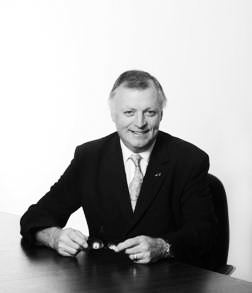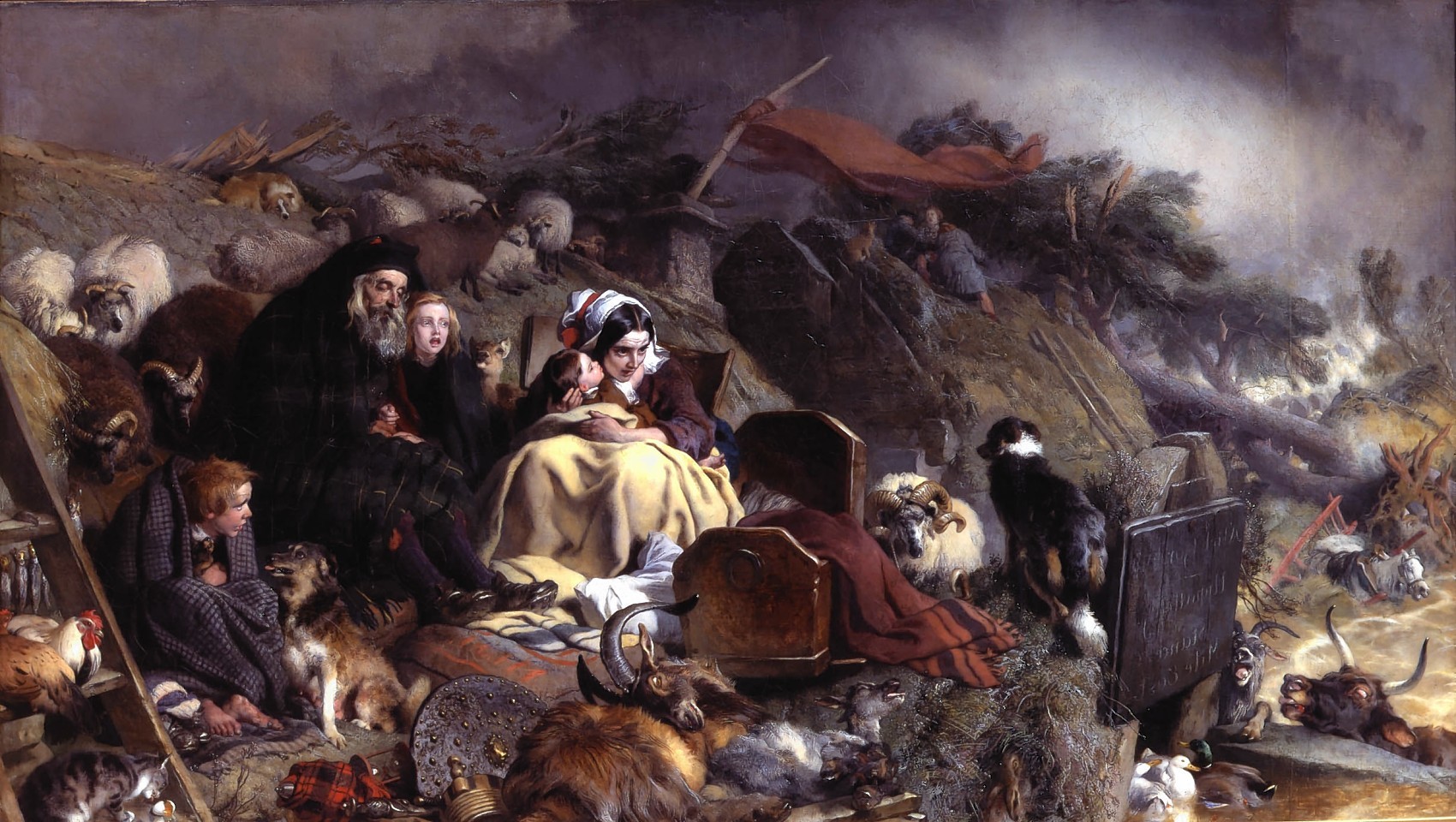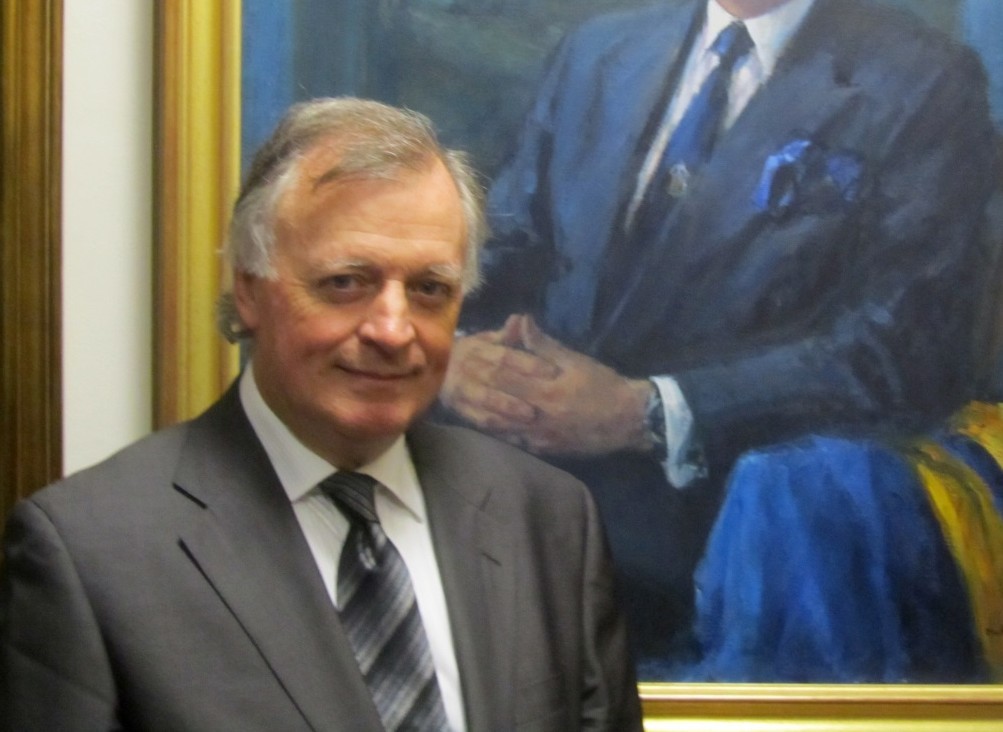George Fleming is one of Scotland’s foremost flood experts. He is an emeritus professor of civil engineering at Strathclyde University and the chairman of EnviroCentre.
Prof Fleming has an extensive knowledge of the River Dee and other watercourses throughout the north-east, spanning more than 45 years. He designed the flood bank at Ballater Golf Club and others across the region.
So when he describes the torrents which descended on the area on December 30, 2015, as the “Muckle Muckle Spate”, we should recognise this man deals in fact and not hyperbole.
He has calculated the Dee’s recent floods as a one-in-500-year event. EnviroCentre is also studying the floods on the Don, which Prof Fleming says is “likely to be the biggest it has experienced in history”.
Q: What happened on the River Dee on December 30 to make it burst its banks in Ballater and various other places in the days that followed?
A: The river experienced what would be called an exceptional flood. The flood – we calculated it to be between a one-in-500 and a one-in-1,000-year return period.
It is definitely bigger than a one-in-500 and at Woodend (Banchory) it was roughly 1,380 cubic metres per second. It was caused by an exceptional rain event which put onto the catchment on December, about half of the annual rainfall and in one day it put (on) the total monthly rainfall.
In the second part of the flood, which was in January, that was again about more than the monthly total rainfall in a very short period of time. So, you had a very continuous, very intense rainstorm over most of the catchment, but certainly in the upper end of the catchment, which accumulated to become perhaps the biggest flood on record.
Q: Has it definitely been proved now that it was higher than the Muckle Spate?
A: This one that occurred in December and January was the ‘muckle, muckle flood’. It was definitely higher than the Muckle Spate and therefore the interesting thing you draw from that is that in 200 years you’ve had two floods almost identical.
“So it’s not a unique flood, it is just a major flood event, once in 500 years. And you’ve got to remember once in 500 means that every year you have a chance of one in 500 of receiving a flood like that.
Q: In what way is the River Dee changing or has it changed?
A: The river as it swept down its original channel, eroded and scoured out its original channel to make it bigger, so it’s banks were widened. What the river has done is scour out a channel that can cope with a one-in-500-year flood where it is erodible and where it has gone into its flood plains.
If a one-in-200-year event had occurred, that (Ballater Golf Club) bank could have coped with that, but it couldn’t cope with this flood, so it was over-topped and Ballater experienced the extreme flood that it was vulnerable to because it was within the flood plain.
Q: So this could be the worst in a long, long time?
A: This is the worst in living memory and it is the worst in historical memory and the worst in, if you like, ancient memory.
Q: The Don, the Ythan – were they as high as the Dee?
A: I haven’t done any calculations for the Don. In fact, we’re just beginning to do that. The Don experienced a very significant flood. I don’t know, but the probability it that it is likely to be the biggest it has experienced in history.
Q: What are you telling flood victims who are concerned about living next to the banks of the Don and the Dee?
A: I would say you should bring considerable pressure to bear through your community councils, through you MPs, through you councillors, urging the government to work as a matter of urgency for places like Ballater.
“If you are preparing the banks for the river for fishing and stuff like that, don’t make them narrower, don’t close them back in again, leave the river where it has gone to because that is the shape of the river that will cope with a big flood in the future.”
What was The Muckle Spate?
The Muckle Spate of 1829 is regarded as the most catastrophic flood event in modern Scottish history.
Torrents of water tore through Deeside and Speyside off the back of heavy rain on August 3 and 4 of that year.
The devastation stretched from Inverness to Montrose, killing nine and wrecking communities and farmland, with the Dee said to have risen to between 15ft and 27ft in places.
An earlier incarnation of the Press and Journal, the Aberdeen Journal, described the rain as falling in “torrents”, summarising it as an “awful and destructive flood”.
Drawing tragic similarities to the floods of December 2015 and January 2016, masses of furniture, hay bales and livestock were sent cascading down river into the sea.
The floods also ruined bridges, roads and pathways.
A striking painting, which hangs in Aberdeen Art Gallery, depicts the deluge which engulfed Aberdeenshire, Aberdeen, Banffshire and Moray at the time.
“Flood in the Highlands” by Sir Edwin Landseer was painted in 1860 and depicts a family sheltering on a rooftop during the Muckle Spate with their belongings and livestock around them.
Other severe floods hit the Dee Valley in 1768 and 1642, and Sepa is investigating if these were on the same scale as the New Year deluge.


